Between pre-visit chart prep, prior authorizations, referral intake, and prescription refills, the back office can easily become a bottleneck that slows care and strains staff.
That’s why more pulmonology practices are turning to AI to offload repetitive tasks, improve accuracy, and streamline operations. But with the market flooded with AI solutions, it’s not always clear which platform is the best fit—especially when your workflows involve specialized devices like spirometers, CPAP data, or longitudinal chronic care documentation.
This guide breaks down exactly what to look for when selecting an AI platform for your pulmonology practice—and how to avoid common mistakes that waste time and money.
Look for Agentic AI (Not Just Suggestive AI)
One of the biggest distinctions in healthcare AI today is between tools that make suggestions versus those that actually take action. The first kind might highlight tasks or auto-fill forms, but they still require staff to complete everything manually. The second—agentic AI—automates end-to-end workflows with minimal human input.
In a pulmonology setting, that might mean an AI agent that:
- Logs into your EHR and pulls the latest pulmonary function test results
- Routes CPAP compliance data to the chart
- Initiates and submits a prior authorization for an inhaler or biologic
- Triages a referral from a sleep center
If the AI doesn’t complete tasks on its own, it’s likely not reducing real workload—and certainly not saving enough time to justify the cost.
Demand EHR-Native Integration
The last thing your team needs is another platform to log into. That’s why EHR-native AI is critical. It should work inside your existing system (Epic, eClinicalWorks, NextGen, Athena, etc.) without requiring toggling, copying/pasting, or external dashboards.
Ask vendors:
- Does your AI run inside our EHR environment?
- Can it interact with custom templates we use for COPD, asthma, and pulmonary fibrosis?
- How does it access and update structured and unstructured data?
True EHR-native platforms behave like staff members within your workflows—not outside software bolted onto your team’s already complicated day.
Ensure It Understands Clinical Context in Pulmonology
Pulmonology workflows are nuanced. From interpreting oximetry trends to understanding the urgency of hypoxia documentation, a general-purpose LLM likely won’t cut it.
Make sure your AI platform is trained on healthcare-specific data like:
- Clinical notes mentioning pulmonary diseases (e.g., ILD, asthma exacerbation, OSA)
- Referrals from PCPs and allergists
- Device output from CPAPs, nebulizers, and PFT systems
Only platforms with deep clinical grounding will be able to perform back-office tasks accurately without constant human oversight.
Support for High-Volume, Multistep Workflows
In a pulmonology clinic, back-office work doesn’t follow a straight line. A single patient encounter may require:
- Pre-visit chart review
- CPAP or oxygen compliance documentation
- Review of overnight oximetry
- Refill of rescue inhaler
- Order for a high-resolution CT scan
- Prior auth initiation
The right AI platform must support sequenced workflows that trigger multiple actions—automatically and in the right order. This is especially important in chronic conditions like COPD, where visit frequency is high and documentation standards are tight.
Evaluate Flexibility & Customization
No two pulmonology practices operate identically. You may use different note templates for outpatient visits vs. hospital follow-ups. Or route faxes differently based on urgency and specialty. AI needs to adapt to your workflows—not the other way around.
Look for:
- Role-specific agents (e.g., chart prep agent, fax triage agent)
- Customizable rules for referral intake and escalations
- Real-time tuning of agent behavior without engineering resources
If you can’t tailor the AI to fit your practice, you’ll either create more work—or abandon it altogether.
Ask About Real ROI in Pulmonology Settings
AI vendors love to promise ROI. But how do they deliver it in pulmonology?
Ask for case studies or references from:
- Clinics with a similar EHR setup
- Practices seeing COPD, asthma, or sleep apnea patients
- Groups who’ve replaced manual workflows with automated agents
Honey Health, for example, partners with pulmonology groups who’ve eliminated manual referral intake, automated 80% of refill requests, and slashed prior auth time by 60%. These practices didn’t just save money—they improved throughput and provider satisfaction.
Final Thoughts: Partner Over Platform
Choosing the right AI platform for pulmonology is as much about partnership as it is about product. The best vendors will work with you to:
- Map out your workflows and pain points
- Design and deploy AI agents aligned with your needs
- Support and tune performance as your clinic evolves
Remember: You’re not just buying software—you’re adding virtual teammates to your clinic. Choose carefully. The right platform will feel like a force multiplier. The wrong one will feel like a side project no one has time for.

